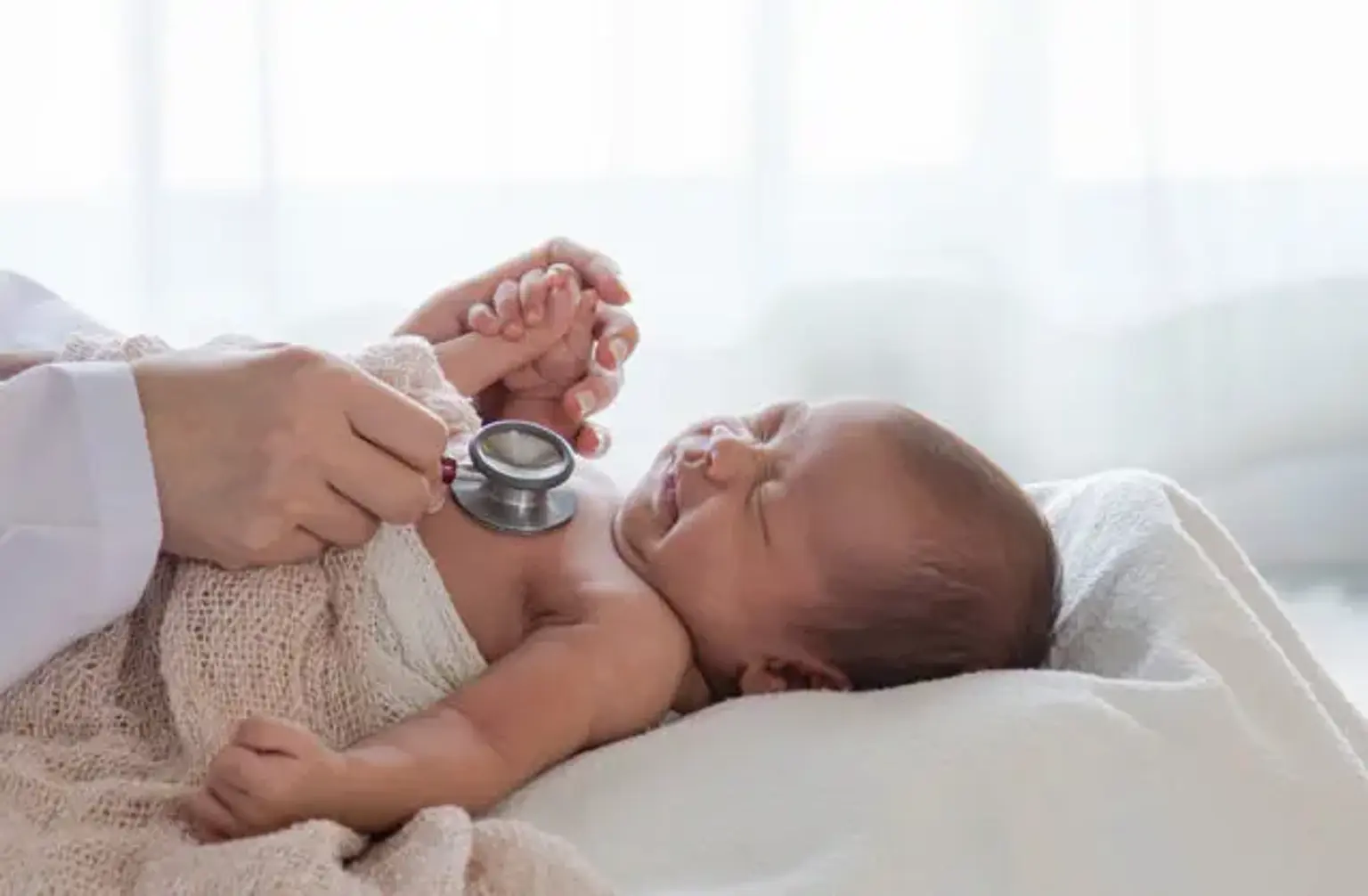Congenital Heart Diseases
Congenital heart disease refers to the disorders within the heart's structure that are present from birth. They are the most prevalent type of birth defects and abnormalities in children. These defects can affect the heart's walls, valves, as well as arteries and veins around the heart.
Congenital heart diseases also have the potential to interfere with the heart's natural blood circulation. The flow of blood can either slow down, move in a different direction or towards the wrong location, or get completely obstructed.
Some children's congenital heart diseases are minor and do not require any treatment. However, others tend to be more complicated and might necessitate multiple surgical procedures over the years.
